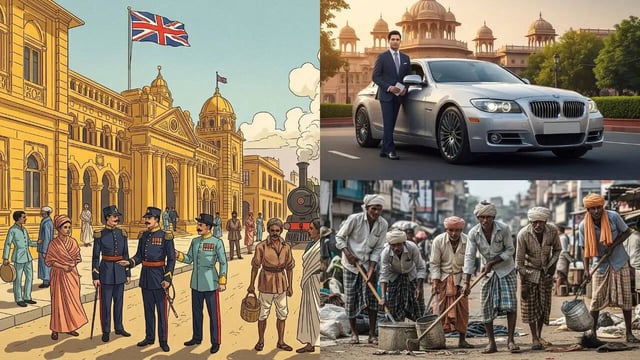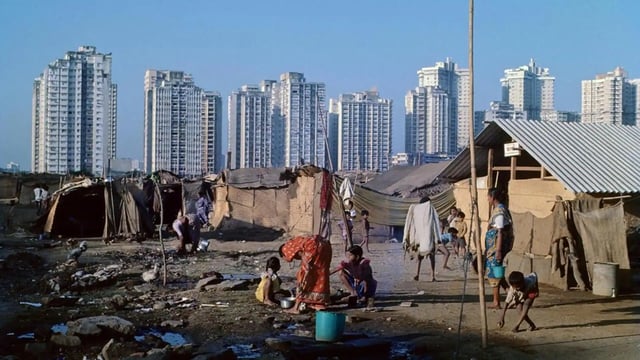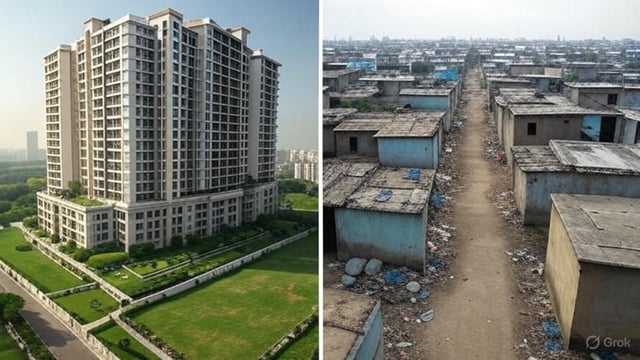Overview
- Hardik Joshi’s July 3 LinkedIn post revealed that India’s top 1% holds 40.1% of national wealth while the bottom 50% own just 6.4%, exceeding disparities under British colonial rule
- 2024 World Inequality Lab data and a 2025 Oxfam India report highlight that India’s top 1% saw the fastest wealth growth and the 100 richest individuals hold more wealth than several key government ministries’ combined budgets
- Joshi and other experts point to tax policies favoring the wealthy, weak labor protections, corporate consolidation, real estate and stock market gains, and elite lobbying as core drivers of widening inequality
- Centre for Monitoring Indian Economy figures show an uneven post-pandemic recovery that has bolstered urban asset holders while rural indebtedness and unemployment remain high
- Calls for a progressive wealth tax, stronger labor rights, monopoly curbs and large-scale health and education investments face resistance from political and corporate elites and raise concerns that unchecked inequality could destabilize India’s democracy


